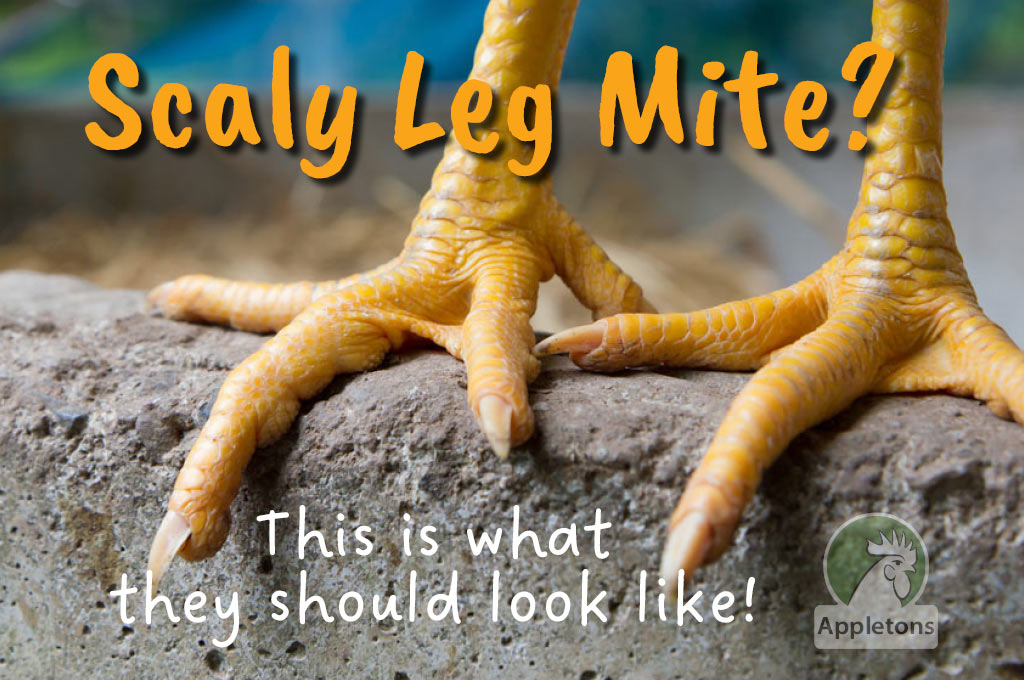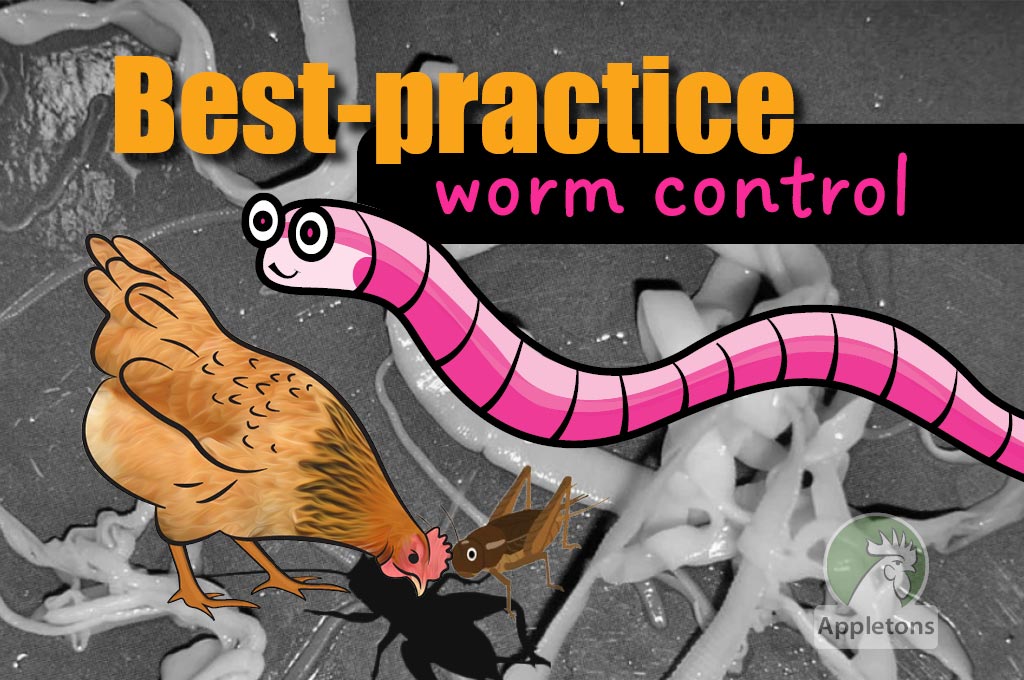Do My Chickens Have Lice?
Published 6th July 2024



Lice are a fairly common parasite that can afflict chickens. The most common type of lice that chickens suffer from is Menopon gallinae. Lice live on the chicken's skin underneath the feathers. The entire life cycle happens on the chicken so it is much easier to treat lice compared to worms. In small numbers lice don’t cause much irritation to your chickens and your chickens will try to manage their lice by having regular dust baths. However, if your chickens have large numbers of lice living on them then they will need a bit of extra help from you.

Signs & symptoms
- A drop in egg production
- Broken feathers, feather loss, overpreening
- Red or sore skin around the vent area
- Pale combs and wattles – fatigue
- Scratching
- Lice (about the size of a grain of raw sugar, fast-moving, brown) crawling around the shaft of the feathers
- Nits - Clumps of eggs stuck to the bottom of the shaft of the feather. Most commonly around the vent area. This will be a whitish grey, and are very hard and tricky to remove.
- Dirty vent
What do they look like?
Some are tiny while others are large enough to see with the naked eye. Typically, lice have an elongated abdomen. It looks like a grain of rice. A louse will spend its entire life cycle living on an unsuspecting chicken, usually under the feathers, and near the vent. Lice enjoy a warm environment, so these warm spots/pockets are precisely what the lice love. They feed on a chicken’s dead skin, their blood, feather shaft debris, and anything else they find appetizing on a chicken. Lice spread easily from chicken to chicken, so bringing any new chickens into a flock can be dangerous if they are not quarantined and monitored before introducing them to their new flock mates.


Causes
Chickens naturally acquire lice from their environment or from wild birds. Infestations can occur quickly, especially if the chickens are kept in poor living conditions. For instance, a dirty coop provides an ideal breeding ground for lice, which can easily spread among the chickens as they roost together. If one chicken is infested, the entire flock should likely be checked and treated. Leaving any chickens untreated can perpetuate the infestation cycle.
If your flock includes a rooster he is one sure way of spreading the lice around the ladies!
Do lice live in chicken coops?
The roosts and nest boxes are areas most likely to come in contact with lice. Lice live on the chicken not in the coop, however, if any fall off, they could be in the bedding of the coop. Cleaning and disinfecting your chicken coop is a must if treating to elimate lice. We recommend using Appletons Poultry Safeguard to keep on top of parasites in your hen house and for maintaining on-going coop health.
How long can they live off the bird?
Poultry lice have a life cycle of ~3 weeks and normally feed on feathers or bits of dead skin. Lice may live for several months on the host but remain alive for only ~1 week off the host.
Can chicken lice live on humans?
Poultry lice cannot survive on humans or non-bird domestic pets. This is great news as none of us like these wee crawly critters! A poultry louse generally completes its entire life cycle from egg to adult on a single bird and will die within a few days to a week if separated from a host.
What is the life cycle of lice in chickens?
Eggs hatch in 4-5 days, with three immature (nymph) stages each taking 3-4 days between moults to the next life stage. Adult females can lay up to 4 eggs per day, averaging 1-2 eggs per day for the duration of their adult life, about 12 days.
An infestation can happen quickly, especially in the warmer months.

Dust bathing is an important part of keeping chickens healthy, clean and lice-free 😊





Treatment Options for Lice
Lice are easy to treat and your chicken should be lice-free in a relatively short period of time from when you start treatment; usually 3 weeks as the life cycle of lice is 3 weeks. However, a follow up treatment within the three week period may be necessary if housing and all the birds are not treated.
We recommend checking your birds after 7 to 10 days and repeating the treatment as lice eggs can hatch from time of the initial treatment.
Organic Treatment
This handy treatment is organic and can be applied directly on your hens. Best of all there is no egg withholding period. Control poultry lice by sprinkling Poultry Lice Powder around the vent, under the wings and around the neck hackles.It is recommended that Poultry Lice Powder is used regularly to prevent lice from re-establishing themselves on your chickens. Regular use is recommended.
Chemical Treatment
If there are lots of lice we recommend you act quickly using pour-on drench to kill any nasty beasties crawling and feasting on your chicken.
Having treated the birds you should also look at their hen house and run. We recommend disinfecting the house thoroughly with a purpose-made poultry disinfectant like Appletons Poultry Safeguard. After treatment use fresh floor litter - we recommend untreated wood shavings.
Preventative Treatment
Dust bathing is the best way for your hens to naturally remove lice; and they are pretty good at this!
It is a good idea to make designated dust baths for your flock so they can regularly self-monitor lice from being able to take hold. Even better make them a special dust bath bowl using our Appletons Dust Bath Bowl Refills which contain the best ingredients for an effective dust bath. We choose not to include diatomaceous earth in our dust bath formula because it can potentially cause respiratory issues. Chickens raise a lot of dust while taking a dust bath, and it's not ideal for them to inhale it.
Assist your chickens in taking care of themselves. Invest in an Appletons Dust Bath Bowl.
Remember to Keep on Top of All Parasites 🪱




Remember to Keep on Top of All Parasites 🪱
Swipe for more
